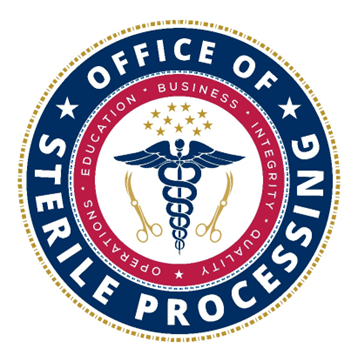The Office of Sterile Processing (OSP)
Office of Sterile Processing

The Office of Sterile Processing (OSP) provides consultative oversight and guidance for improvement of Sterile Processing Services (SPS) and reusable medical device (RMD) operations and practices for over 190 SPS locations across the nation.
Mission Statement
To facilitate a high reliability organization by providing a culture of excellence through use of automated data aggregation and analysis, evidence-based policies and strategic goals in support of a quality management system.
The Office of Sterile Processing (OSP) pursues the most current technical knowledge to provide guidance and education on all issues related to Reusable Medical Equipment to strive for consistent achievement and continuous improvement in support of safe care of Veterans.
MISSION
Dedicated to the success of Sterile Processing Services (SPS) across Veterans Health Administration.
VISION
Serve as leaders and consultative experts regarding Reusable Medical Devices (RMD) through collaboration with VA and external partners.
GOAL
Ensure the right product is available, for the right user, in the right condition, at the right time and ready for use (the 5 R’s of SPS) for the delivery of safe, quality care.
Office of Sterile Processing(OSP) - What We Do
OSP provides oversight and guidance aimed at improvement of practices related to the management of reusable medical equipment in VHA, driven through routine multi-level, interdisciplinary collaboration in the delivery of care to Veterans. Systematic improvements are achieved through, but not limited, to consultative relationships, education, and evaluation of opportunities for improvement in advance of adverse events.
OSP continues to develop a national quality management system, using standardized dashboards, to determine process improvement strategies, as well as to evaluate and correct global vulnerabilities. In the last year, a consolidated inspection management platform called Sterile Process Accountability Tool (SPAT) was developed. This application allows for a simple, easy to use, process for oversight entities at multiple levels to establish and execute consistent, standardized inspections within the facility RME management program, down to the using service line. The application provides an automated means of documenting findings, analyzing data, to be used in developing sustainable, corrective action plans.
OSP uses a variety of resources to drive guidance and requirements and sees the following as regulatory standards: the Joint Commission, Centers for Disease Control and Prevention (CDC), Food and Drug Administration (FDA) and professional practice standards from the Association for the Advancement of Medical Instrumentation (AAMI). We consider guidelines and evidence published by the Association of Perioperative Registered Nurses (AORN), International Association of Healthcare Central Service Material Management (IAHCSMM), and the Association for Professionals in Infection Control & Epidemiology (APIC) as well.





















